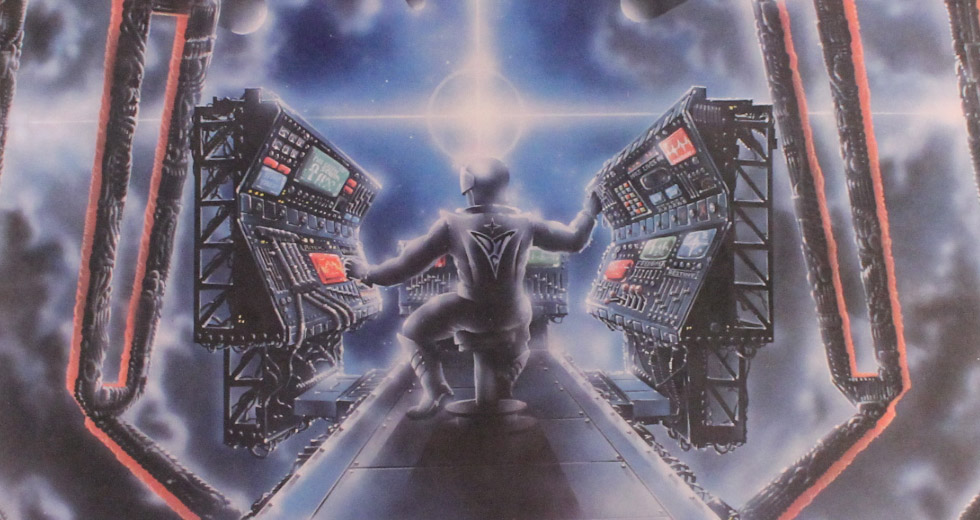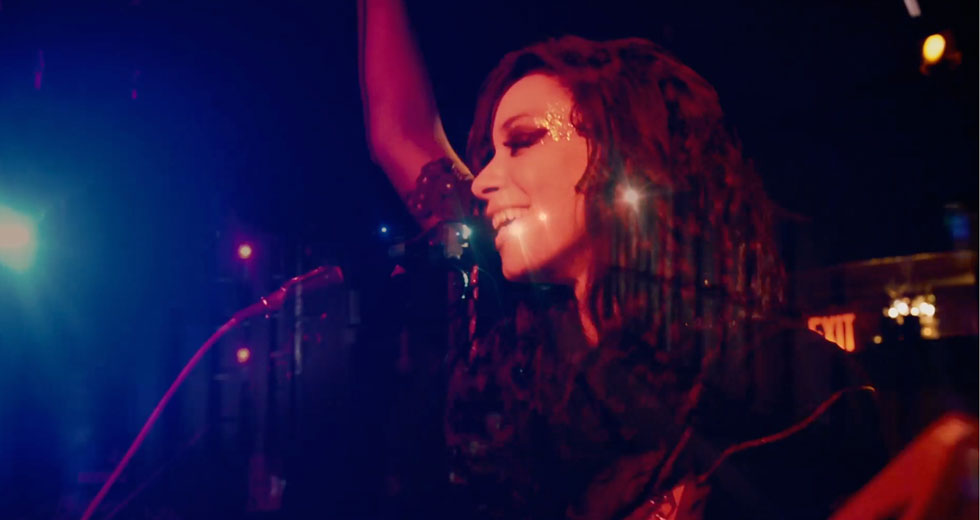Being There: Ambient Loops from Famous Sci-Fi TV and Movies
A look into the fascinating subculture of ambient sound loops, taken directly from sci-fi TV and movies like Blade Runner, Star Trek and Alien
For all the attention afforded services like Spotify, Pandora, Beats, and SoundCloud, YouTube remains an active place of musical reinterpretation and presentations, the official videos and VEVO channels supplemented by unofficial remixes, live bootlegs and users’ own creative efforts. One of the most interesting musical microtrends hosted there, though, might also be one of its most mysterious. It might even be hard to call it music at all.
It can best be described as loops of ambient sound from movies and TV – and, very specifically, science fiction productions. Samplers have never simply limited themselves to other songs – creative producers have raided whole sonic libraries and artistic contexts, with movie dialogue or iconic noises and moments often the chief choices. Yet this particular derivation steps beyond all that to focus in on the background noise of such audiovisual creations like Star Trek, Star Wars, the Alien series of movies, and Doctor Who – all of which have been sources of some of these YouTube-specific loops.
One high profile fan is Jason DeMarco, Adult Swim vice president and the figure behind their yearly online singles series. Asked about the appeal of these clips, he said, “The sound design of those ’80s sci-fi movies is just so rich and thick. You remember all sorts of elements, because a lot of those sounds were proprietary. Some of them would show up in other films too. Listening to them now, these mixes have a very strange way of putting me back into my childhood, when these worlds mattered so much to me, and yet they also drop me into their individual worlds – all at the same time.”
The most famous example, and apparently the most popular at nearly a million-and-a-half views, is a 24-hour loop of the idling engine noise from the Enterprise-D, the chief starship in Star Trek: the Next Generation. Its creator, YouTube user crysknife007, described the effort on its page as “great for ambiance and imagining you’re in deep space.” He’s created a variety of similar loops from other sources, but sci-fi movies remain key; recently he’s put up examples drawing from Alien, Battlestar Galactica and 2001: A Space Odyssey, among other iconic films and series.
Listening to any one of these pieces rapidly becomes a dual listening experience. On the one hand, it can transform a space – much more than a poster on one’s wall, say, or even watching a film or TV episode, the ambience suggests and fills the location, turning the mundane into something a little more adventurous, mysterious, call it what you want. That experience is, of course, informed by knowledge of the subject – if you recognize the ambient sound, there’s the pleasure of knowing its context. But on the other level, the act of looping, extending and otherwise transforming what would normally only be the aural bed of a scene – and presumably a short scene for the most part, Stanley Kubrick’s 2001 being the possible exception – turns that mood moment into a new kind of composition.
The aforementioned 24 hour Next Generation piece is a perfect test case for this. There’s an initial jolt of reaction, a recognition of it as the just-something-extra that underscores, say, the beginning of an episode where a slight orchestral fanfare also plays and Patrick Stewart briskly begins another entry in the captain’s log. But divorced from that context it rapidly takes on the character of an endless, unsettling drone – the type of thing that might be called dark ambient. If it had been released by a figure like Mick Harris or Robert Hampson, nobody would blink.
My own personal favorite of these tracks comes from another YouTube user, coffee300am. His choice of movie is one used by many, 1982’s Blade Runner, the moody Philip K. Dick-inspired masterpiece. Director Ridley Scott’s emphasis on a total environment included the sound work by veterans like Bud Alper and Graham Hartstone. Various ambient loop tracks from the movie include street scenes and flight scenes, but coffee300am created “1 Hour of Ambient Sound From Inside Deckards Apartment.”
That the movie is often quiet and intense is part of its considerable impact, but Deckard’s apartment sound is in its own strangely homey way almost cozy – not soothing per se, but close. It’s easy to imagine oneself in Deckard’s shoes – or if you prefer, Rachael’s – having a drink, thinking about something, pondering the future while a central moaning rise and fall of a sound overlaid with a lengthy, drawn out electronic chant, for lack of a better word, plays out.
As with the other general loop creations the sameness becomes part of the perverse, unexpected appeal, minimalism becoming its own justification. Yet there’s something extra as well in this presentation – every so often other sounds are heard, indistinct, as if it really was a field recording in this apartment, if it really existed. Distant mechanical grinds, soft hovering tones, and once, thrillingly, a sudden police siren burst from one of the film’s iconic spinner cars as it shoots along outside.
One fan of this piece is experimental composer Kyle Bobby Dunn, who described it as “just soothing and empty and placid in a way that is both comforting and terrifying.” DeMarco also chose this piece as his favorite, explaining, “Some of (these clips) are just basically a futuristic version of ‘room tone,’ and some of them, like the Blade Runner clip, have a more musical quality, where certain elements ebb and flow and loop back on themselves. I like both kinds. For me, the Blade Runner loop is as ‘musical’ as Eno, Aphex Twin or any of my favorite ambient music.”
Exactly where or how this particular form may develop – if it develops further at all – remains a question. Not least because YouTube’s particular model of presentation may soon no longer be as amenable a hosting experience as it has been until now. But for now, ambient loops like this are their own intriguing experience, something that resists easy classification – much like the best of its source materials.

